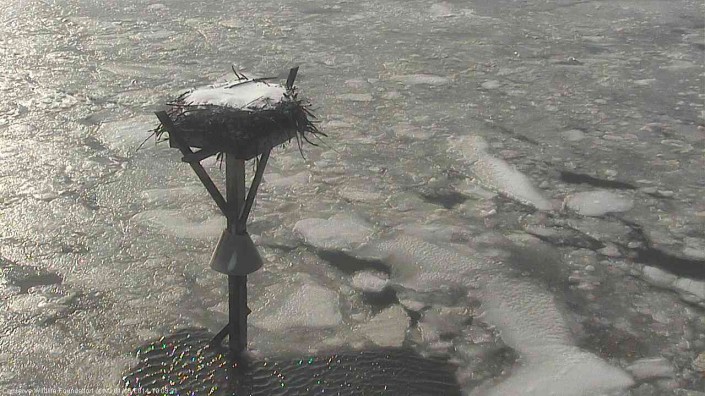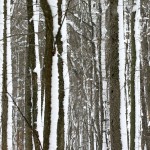Frozen Frogs
We’ve made it to the final “super species” in our “superhero” series though, like in the last post, we’re spotlighting an adaptation that aligns with one of the more notorious residents of Gotham City. Our local frog has all the chill, while this DC villain needs to chill… quite literally, as his sub-zero body temperature must be maintained to ensure his survival. Cryogenics expert, Dr. Victor Fries- better known as Mr. Freeze, had admirable intentions when he began his experimentation with ice. Unfortunately for him, accidental exposure to chemicals altered his physiology, necessitating the use of an air-conditioned suit and spurring a life of crime motivated by tragic desperation. The compound responsible for his transformation is thought by some to be glycerol, which also happens to be the key to the winter survival strategy of our favorite early breeding anuran- the wood frog (Lithobates sylvaticus).

Animals living in temperate climates must find ways to cope with the cold temperatures and reduction of food resources, characteristic of the winter season. Some species deal with winter by not dealing with winter… instead they migrate to milder conditions farther south. This is a path commonly taken by birds. Other animals have adapted to have a large body mass. This reduces their surface area and enables them to hold onto heat more efficiently. As a former moose biologist, I’m happy to give them a quick nod here. Many strategies exist across the natural world to increase the odds of persistence, but we’re here to talk about amphibians and, it’ll probably come as no surprise to you that they aren’t employing either of the aforementioned tactics.
Wood frogs are a vernal pool obligate species; they must have access to these temporary wetlands in order to breed and complete their lifecycle, but they don’t live in them all the time. Therefore, we do refer to them as migratory, but they only cover about ¼ to ½ mile during this annual pilgrimage, so temperature differences are negligible. Most frogs and salamanders in New Jersey endure the colder months by entering brumation- the “cold blooded” equivalent of hibernation. In this state, animals can drop their body temperature and metabolism to conserve energy. Some species burrow and use the ground as insulation. Others brumate in streams and ponds since water cools at a slower rate than air. Wood frogs cover themselves in leaf litter (for camouflage) and spend the winter comfortably as frog-cicles. That’s right- they essentially freeze solid and thaw once air temperatures become favorable again.
Under normal conditions, when a cell freezes, ice crystals form internally. These solids can then expand, which damages organelles and ultimately ruptures cell membranes. This leads to cell death. Compounded by damage incurred in blood vessels and dehydration, this would be a fatal situation for most animals. Wood frogs have found a hack to get around these devastating consequences.

As temperatures drop, wood frogs continue to produce urine but cease voiding it. Instead, the urine is concentrated into urea, which floods the frog’s bloodstream. The liver also goes into overdrive, manufacturing vast quantities of glucose, which causes their blood sugar to skyrocket as high as 100x normal levels (a better understanding of how this frog can avoid negative health effects under such conditions could certainly contribute to diabetes research in humans). The urea and glucose create a mixture that acts almost like antifreeze. Once ice crystals begin to form around the blood cells and internal organs, this homemade antifreeze infiltrates, allowing for the retention of water and protecting the frog’s cells from desiccation and explosion. They can maintain this state for up to 8 months.
This brumation strategy earns wood frogs the “northernmost amphibian in the western hemisphere” superlative as they can be found up past Gates of the Arctic National Park in Alaska.

That’s a wrap on Mr. Freeze and our Super Species! The Amphibian Crossing is now in full swing. If you are going to be driving after sunset along roads that border ponds in the upcoming rains, watch out for migrating frogs and salamanders. Collisions with motor vehicles can decimate local populations rapidly so please slowdown!



















